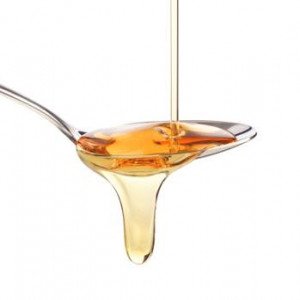 Welcome
Welcome
“May all be happy, may all be healed, may all be at peace and may no one ever suffer."
- A
- B
- C
- D
- E
- F
- G
- H
- I
- J
- K
- L
- M
- N
- O
- P
- Q
- R
- S
- T
- U
- V
- W
- X
- Y
- Z
Clotrimazole (Topical) - Brands
Clotrimazole is a broad-spectrum antifungal agent that is used for the treatment of dermal infections caused by various species of pathogenic dermatophytes, yeasts, moulds and bacteroids. Clotrimazole is also active against certain gram-positive bacteria especially Staphylococci and Tricomonas. Like other imidazoles, Clotrimazole alters the permeability of fungal cell walls by interfering with cell wall lipids. At fungi static levels the main effect is inhibition of ergosterol synthesis but at higher concentrations there is an additional mechanism of membrane damage unrelated to sterol synthesis.
Pharmacology
Clotrimazole acts primarily by damaging the permeability barrier in the cell membrane of fungi. Clotrimazole causes inhibition of ergosterol biosynthesis, an essential constituent of fungal cell membranes. If ergosterol synthesis is either completely or partially inhibited, the cell is no longer able to construct an intact and functional cell membrane. Because ergosterol directly promotes the growth of fungal cells in a hormone‐like fashion, rapid onset of the above events leads to dose-dependent inhibition of fungal growth.
Though decreased ergosterol, due to the inhibition of lanosterol 14-demethylase (also known as CYP51) is accepted to be primarily responsible for the antimycotic properties of clotrimazole, this drug also shows other pharmacological effects. These include the inhibition of sarcoplasmic reticulum Ca2+ ATPase, depletion of intracellular calcium, and blocking of calcium‐dependent potassium channels and voltage‐dependent calcium channels. The action of clotrimazole on these targets accounts for other effects of this drug that are separate from its antimycotic activities.
To be happy, beautiful, healthy, wealthy, hale and long-lived stay with DM3S.

